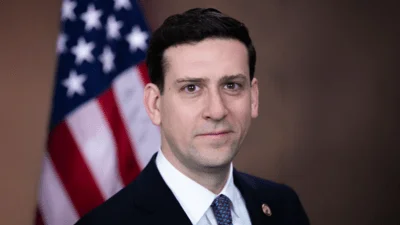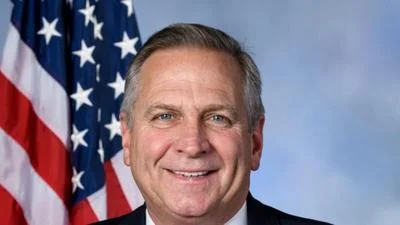U.S. Department of the Treasury Secretary Janet Yellen gave remarks on the New Treasury Department Analysis of the Bipartisan Infrastructure Law.
According to a press release by the U.S. Department of the Treasury, public infrastructure investment is crucial for economic growth. One analysis shows that a 10% increase in public capital investments in core physical infrastructure increases productivity by over 2%. However, U.S. infrastructure investment has declined sharply in recent decades, with 42 states experiencing a decline as a share of the economy between 2009 and 2021. The Bipartisan Infrastructure Law, introduced two years ago, has led to the largest two-year increase in state and local capital investment as a share of GDP since 1979. The Biden Administration announced nearly $400 billion in funding, including over 40,000 projects and awards. These investments are boosting the country's economic strength and resilience, broadening economic opportunities for historically left-out communities. Public investments in infrastructure grow national output by as much as 1.2 percent in the long run for every 10 percent increase in capital investment.
According to Yellen, Building Infrastructure Fund (BIL) is an important investment in public infrastructure which creates well-paying construction jobs that do not always require a college degree. Treasury's analysis shows that funding is being distributed more broadly across the country, not just to coasts or wealthy communities. States with lowest-rated public infrastructure receive more than twice as much funding per capita than those with highest-rated infrastructure - reversing typical patterns where higher-income states invest more into their infrastructures. Public transit funding is also being widely distributed; less-wealthy Americans are more likely to rely on it and reduce gasoline use. In 2019 only five states accounted for about two-thirds of all public transit investment but only around 40% of BIL funding was allocated to these states during this time period. Ten states are receiving BIL transit funding that is over ten times their pre-pandemic annual transit investment, with an additional ten states receiving five times as much.
The BIL, along with the CHIPS and Science Act and the Inflation Reduction Act, embody President's belief that America's economic strength comes from the middle class and that the economy should grow from the bottom up and middle out, not top down. This aligns with modern supply-side economics; increasing long-term productive capacity while broadening economic opportunity and addressing challenges like climate change.





